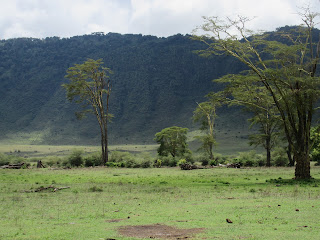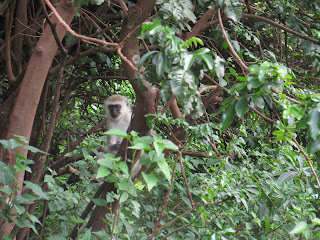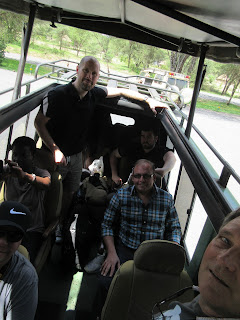Friday Morning
I am home!
It was an amazing trip I will never forget. I know it looks like I have been on a safari vacation, but the focus we had as a team was always on what effect the Tanzania Maymester will have on our students, and how we can plan teaching and events to have the most impact on them. Of course I was astonished at so many things, so I passionately want the students to see, hear, smell, taste, and feel Tanzania like I did.
"The best teachers are those who show you where to look, but don't tell you what to see." - Alexandra K.Trenfor
This quote captures what I try to do when I teach. For the last week and a half I have been jotting down notes on what I can do to help the students learn, not only science, but also about people and culture. For example early in my astronomy class I break the students into groups, give them a globe, and ask, "Since the Sun rises in the east and sets in the west, how is the Earth spinning?" Yesterday I jotted a thought, "Tell the students to go to the local market in Bagamoyo and observe how people are dressed. What do you see and why do you think they dress like they do?" I can't answer this for the students, but I hope I can guide them through the sense-making process.
Well, this post closes the my blog for the trip. I plan to post more picture, but I have to finish all of my grading for the semester now.













































































